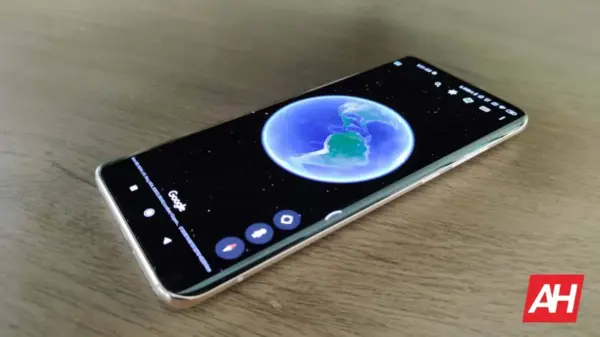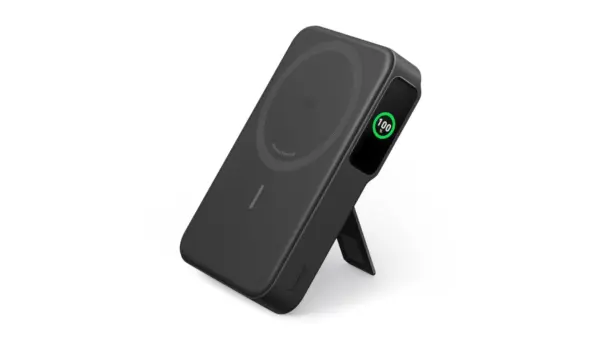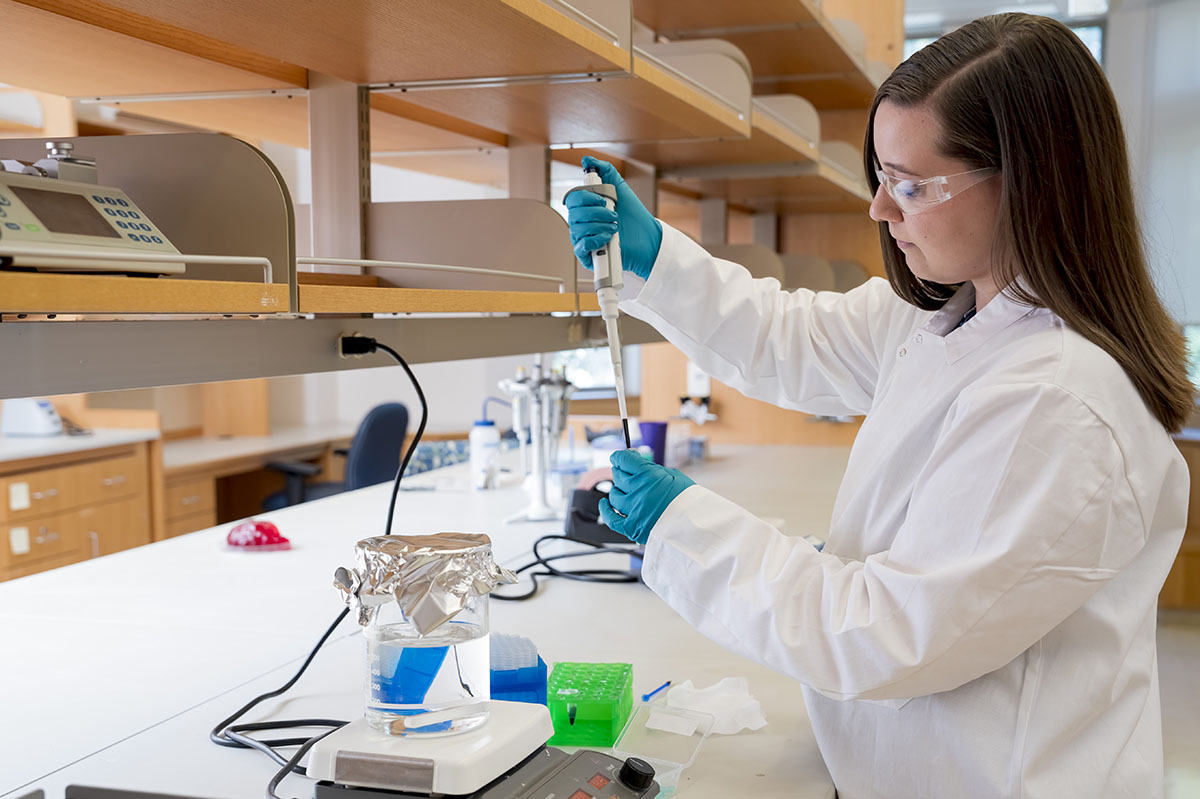A research team from the McKelvey School of Engineering at Washington University in St. Louis has developed a new type of bioelectronic hydrogel that has the potential to revolutionize how biological activities are monitored within the body. This advancement could lead to more flexible and less invasive alternatives to current wearable or implantable devices, which typically rely on metals, silicon, plastic, and glass.
The project, led by Alexandra Rutz, an assistant professor of biomedical engineering, and her doctoral student Anna Goestenkors, focuses on granular hydrogels made of microparticles that can be injected into the body. These hydrogels are designed to spread over tissues or encapsulate cells, allowing for both monitoring and stimulation of biological activity. Their findings were published on October 8, 2025, in the journal Small.
Innovative Design and Functionality
The new microparticles are made from a conducting polymer known as PEDOT:PSS. When tightly packed, they resemble wet sand or paste, maintaining a solid form while also being capable of 3D printing or reshaping. This adaptability is critical for applications in medical settings. Goestenkors explained that the connections between the particles are not permanent, allowing them to move and flow like a liquid under pressure, yet return to a paste-like solid once the force is removed.
The research team demonstrated the particles’ capabilities through an experiment involving locusts, working alongside Barani Raman, the Dennis & Barbara Kessler Professor at McKelvey Engineering. By placing small clumps of the microparticles on locust antennae, they were able to measure local field potentials in response to different odors.
Rutz noted, “With further development, we envision these conducting granular hydrogels could be used as 3D printed customized electrodes that can conform to topographically diverse surfaces or completely encapsulate biological components, tissue engineering scaffolds, or injectable therapies.”
Future Applications and Patent Efforts
The research team has applied for a U.S. patent covering their innovative fabrication techniques and potential applications for conducting polymer microparticles and granular hydrogels. They are collaborating with Washington University’s Office of Technology Management to protect their intellectual property and advance commercialization efforts.
This research was supported by various grants from Washington University, including the Women’s Health Technologies Collaboration Initiation Grant and the Ovarian Cancer Research Innovation Fund Award. The implications of this work could be profound, offering new avenues for less invasive monitoring of health conditions and enhancing the effectiveness of bioengineering applications.
The findings underscore a significant step forward in the integration of electronic materials with biological systems, paving the way for more effective health monitoring solutions in the future.

































































